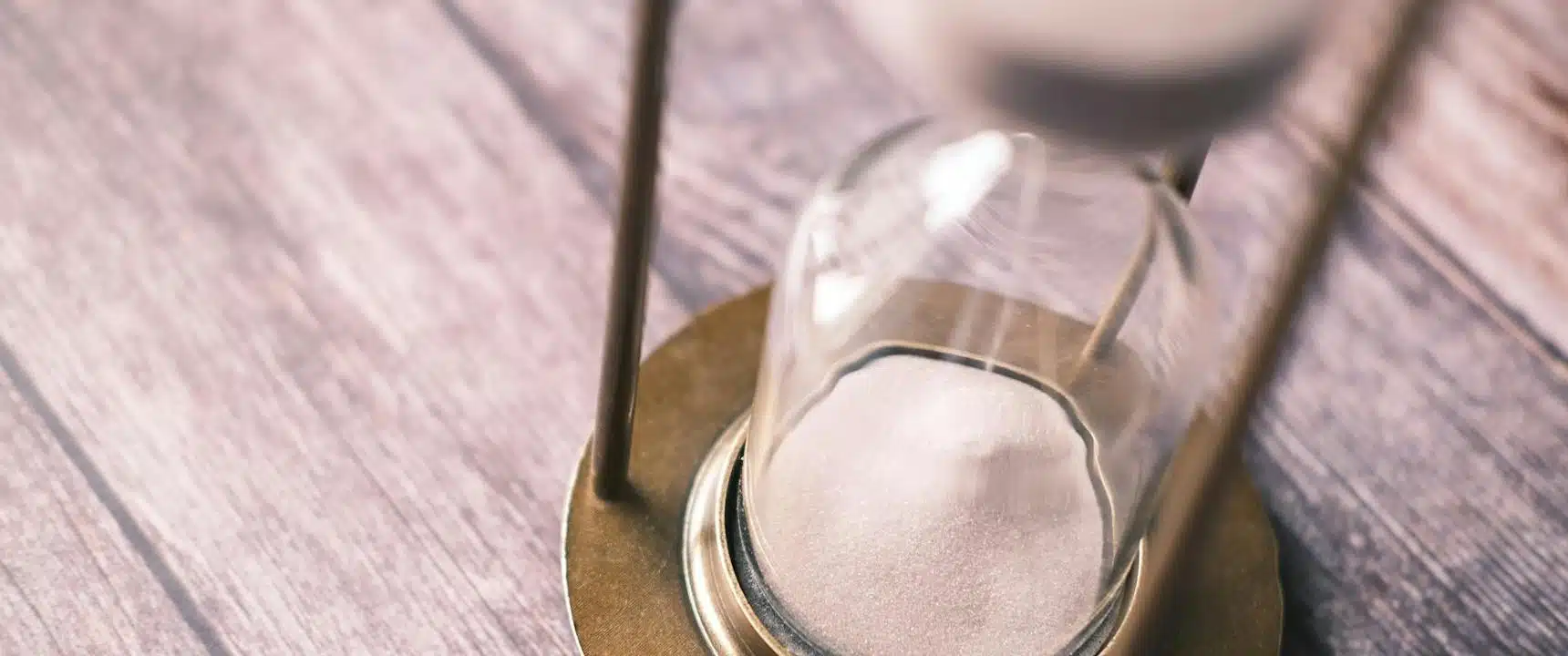
You should always fix a leaking roof as quickly as possible. The damage will not fix itself and in fact …
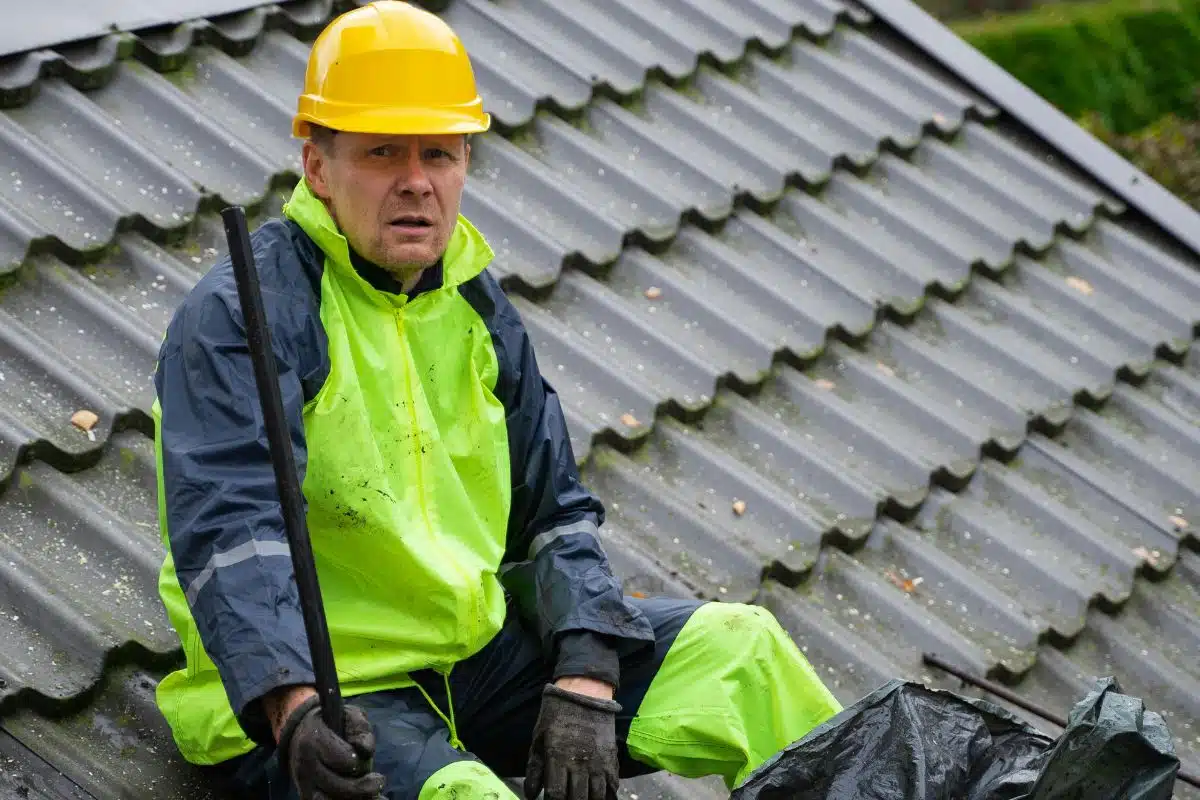
Maintaining your roof requires diligence and regular upkeep, including frequent inspections, cleaning, and preventive measures to avoid roof leaks, algae growth, and costly repairs. This brings up the question: How often should you schedule roof maintenance?
Regular roof maintenance works wonders for your roof’s integrity and longevity. This guide will discuss the ideal roof maintenance schedule and explore how professional roofers help homeowners protect their property and investments.
Investing in an effective roof maintenance routine can help address hidden issues before they escalate. Benefits of regular roof maintenance include:
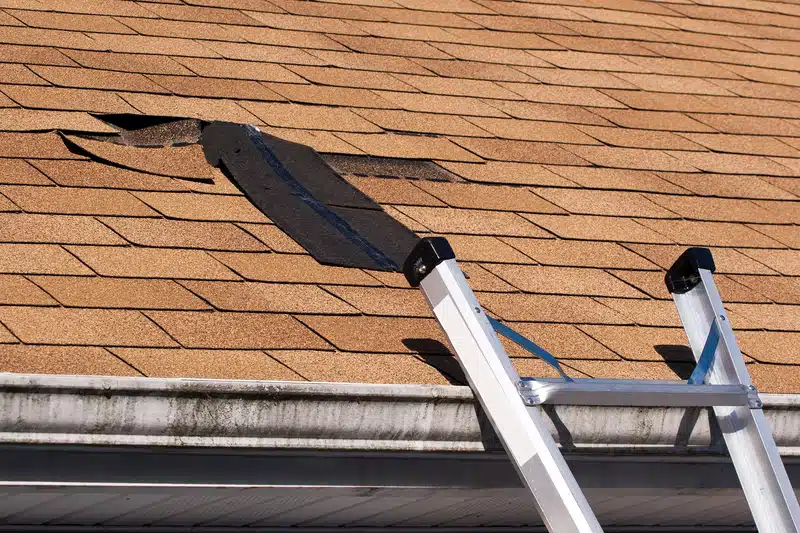
Regular roof inspections and minor repairs can significantly extend your roof’s lifespan and prevent premature replacement. This proactive approach helps you safeguard your investment while ensuring your roof is always in good condition.
Catching minor issues early, such as a missing shingle, clogged gutters, or algae growth, can help avoid costly repairs. If left unaddressed, these issues can escalate into major problems, leading to expensive repairs or roof replacement.
Consistent maintenance, from gutter cleaning to major repairs on your entire roof, is a simple yet effective way to safeguard your home’s structural integrity.
Regular inspections and a well-planned roof maintenance schedule are crucial for maximizing your roof’s lifespan. But how often should you schedule roof maintenance? Here’s what professional roofers recommend.
Consider scheduling frequent inspections in spring and fall to ensure your roof withstands the changing seasons.
Spring and fall inspections are particularly beneficial as they allow you to check for structural damage from ice damming after winter and prepare your roof for the upcoming cold weather, ensuring it remains secure and functional throughout the year.
These seasonal checks can help you catch roofing damage from high winds, heavy rain, and other harsh weather conditions, such as water damage, wind-blown debris, or moss growth, and address it before it becomes a serious problem.
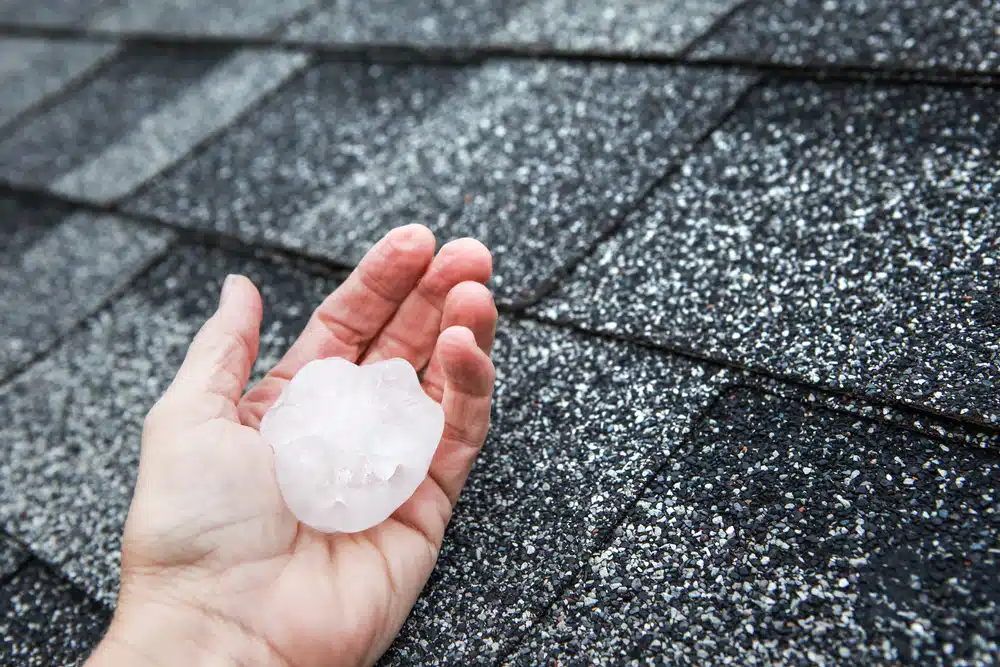
Severe weather events, including storms, hail, and high winds, can significantly damage your roof. Some damage may not even be visible at first glance, so post-storm roof inspections by fully equipped and highly skilled professionals are essential in detecting hidden damage.
Conducting post-storm inspections allows you to find and fix these hidden damages, increasing your roof’s lifespan, securing its structural stability, and possibly maximizing your insurance coverage.
Often, homeowners delay roof maintenance until problems escalate, causing disruptions and financial burdens. Common reasons may include ineffective budgeting and a lack of time management.
At a minimum, homeowners should schedule annual inspections to keep their roofs in optimal condition. Investing in yearly roof inspections lets you enjoy peace of mind, knowing your home can withstand the elements.
A well-planned roof maintenance schedule is key to effective and long-lasting roofing systems. Schedule a consultation with a reputable professional roofing company today to develop a personalized roof maintenance plan.
Professional inspections usually include a thorough check of your roof’s exterior and interior, though service packages may vary among companies across states or cities. Here’s what you can expect from most contractors during a roof maintenance visit.
Professional roofers will thoroughly inspect and look for signs of damage, including damaged or missing shingles, damaged flashing, clogged gutters, and water damage. They will also inspect your roof’s surface, vents, skylights, and chimneys to ensure structural integrity.
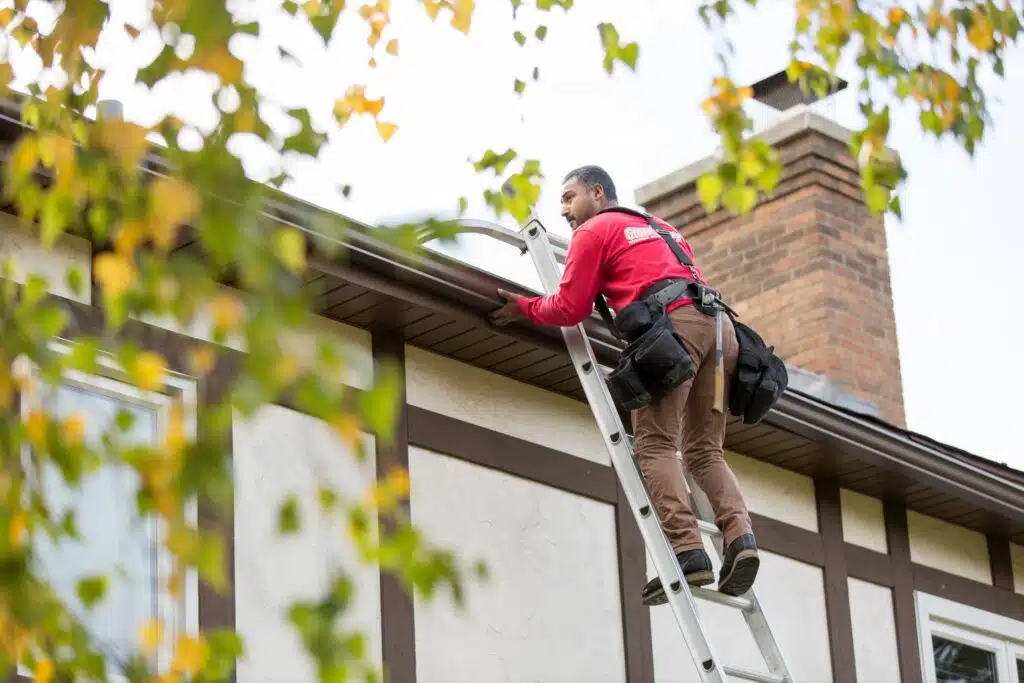
Based on the findings, roofers may repair minor issues and take measures to ensure your roof remains in good condition. Minor fixes include replacing cracked tiles, sealing potential leaks, and cleaning debris.
After the inspection and minor repairs, professional roofers will provide a detailed report on your roof’s condition. This report will outline any issues found during the inspection, the minor issues fixed, and recommendations for future roof maintenance.
By utilizing comprehensive roof inspection results, you’ll have a clear roadmap to an effective roof maintenance plan.
How often should you schedule roof maintenance? Roof maintenance should be done at least twice a year, ideally in the spring, fall, and after severe weather. It’s a worthwhile investment, whether you have an old or new roof.
Following an effective roof maintenance schedule will keep them stronger for longer. Schedule a roof maintenance appointment with Storm Guard today!

You should always fix a leaking roof as quickly as possible. The damage will not fix itself and in fact …
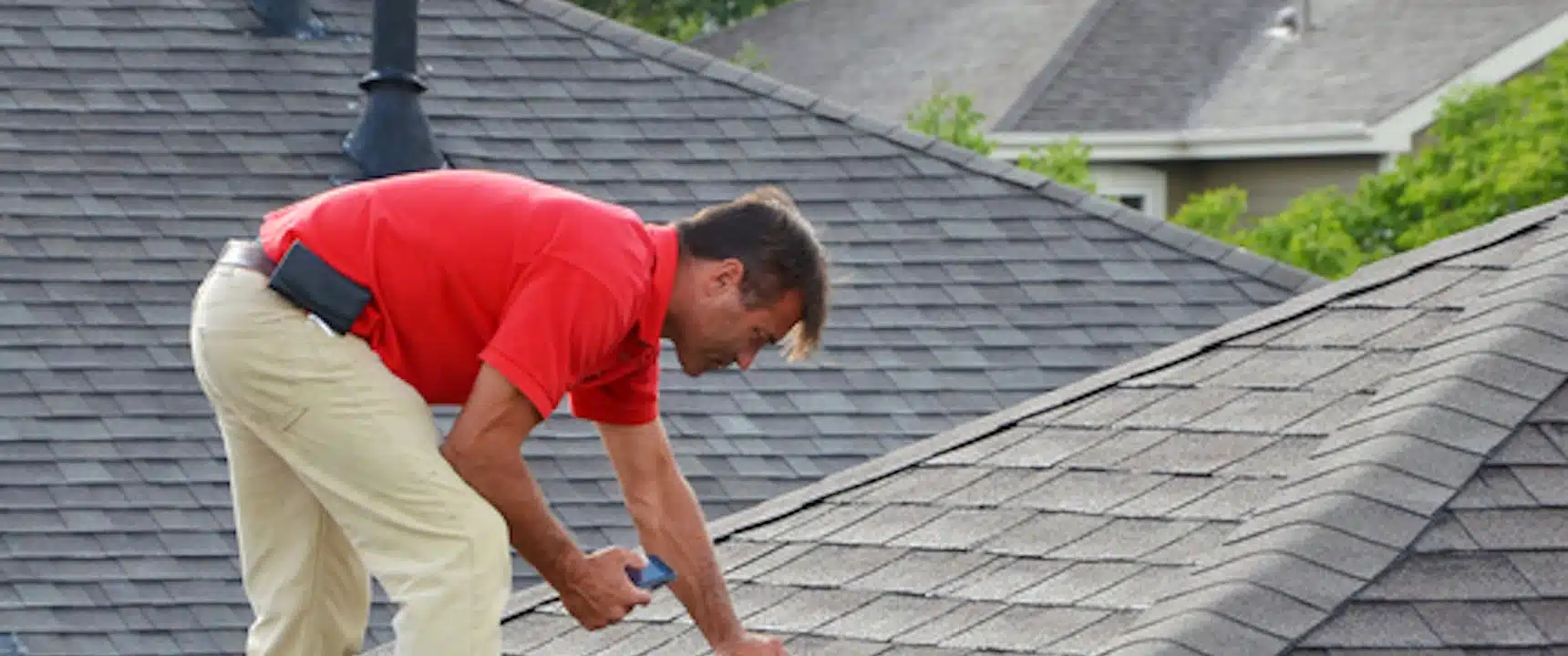
You filed your insurance claim, the adjuster has visited your property, and you now have the insurance carrier’s estimate in …
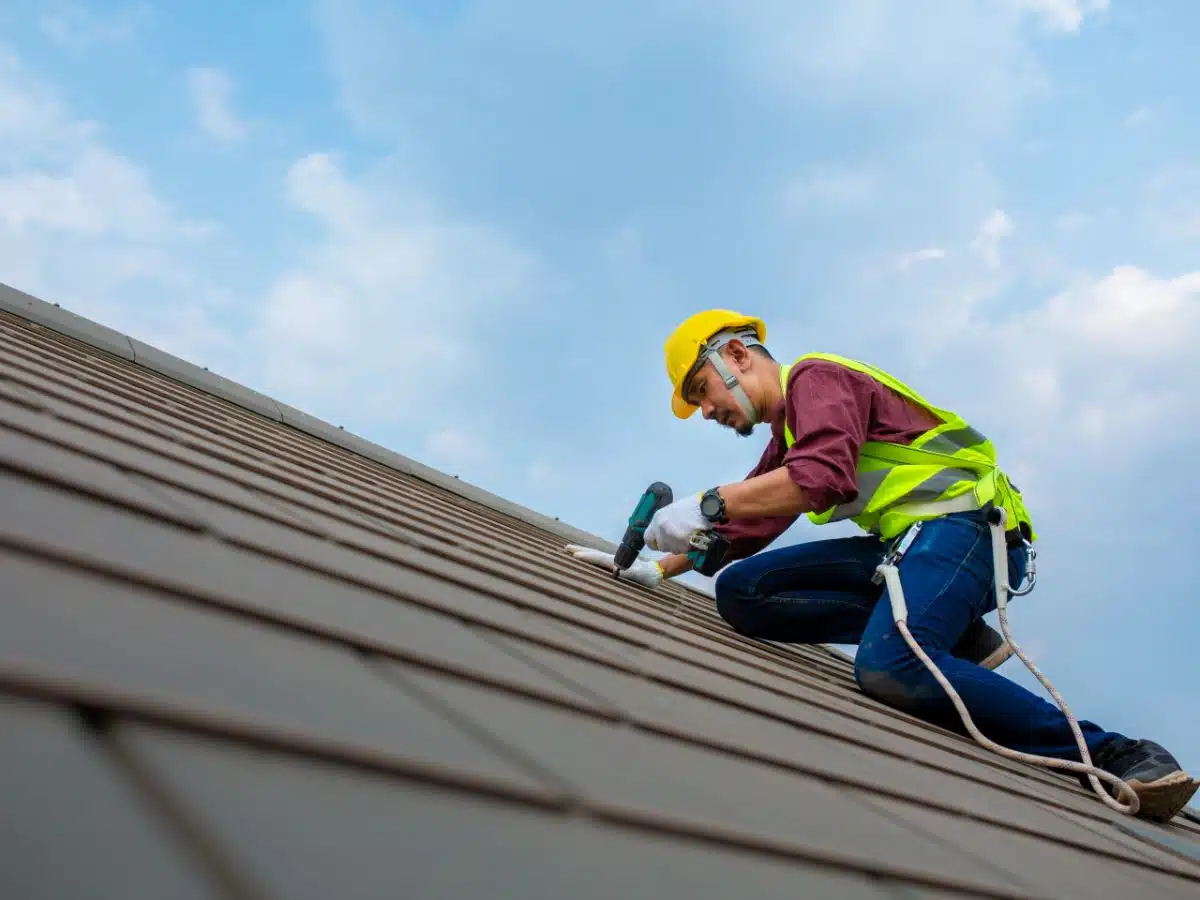
Has a recent storm damaged your roof, and you’re unsure how to file insurance claims? With Wisconsin’s frequent hailstorms, strong …
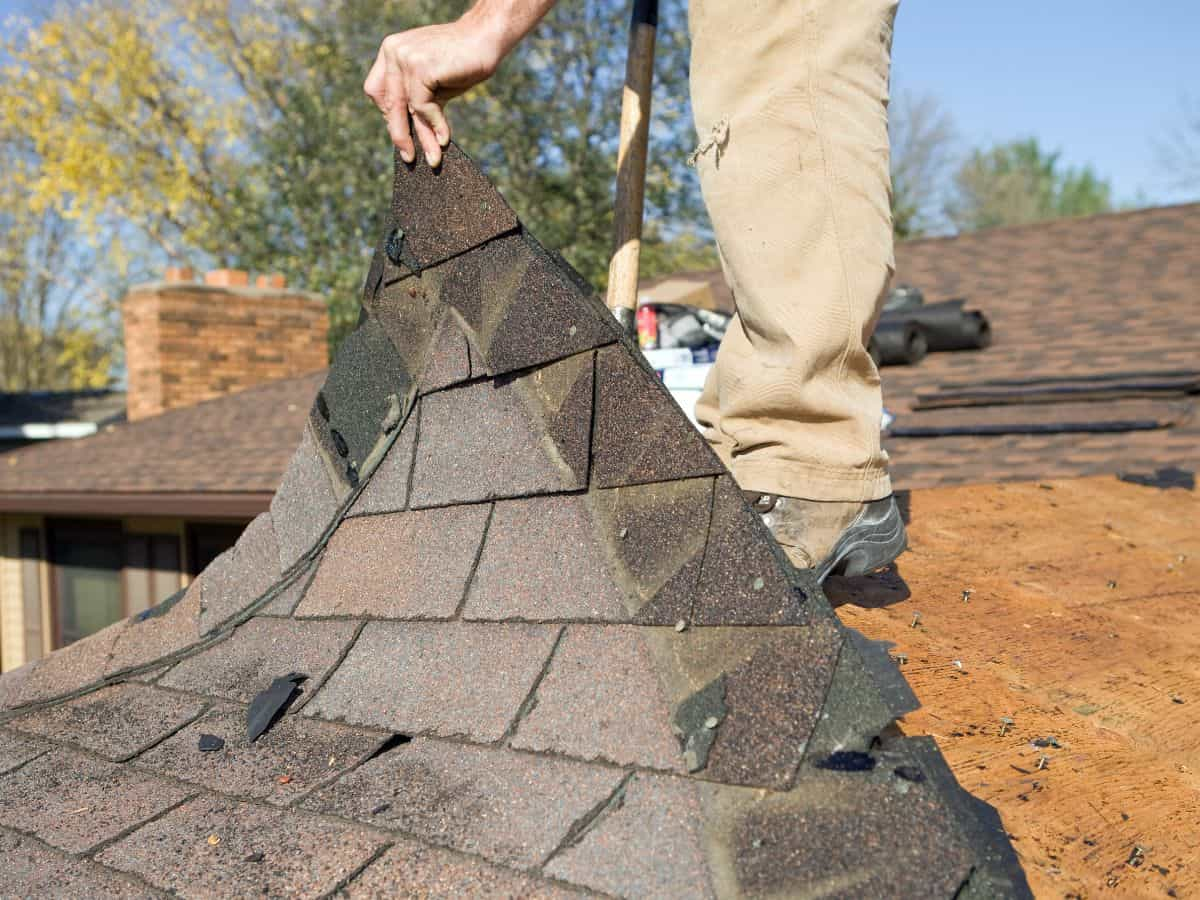
You can keep your roof in top shape for years, but one thing is certain: time will take its toll. …
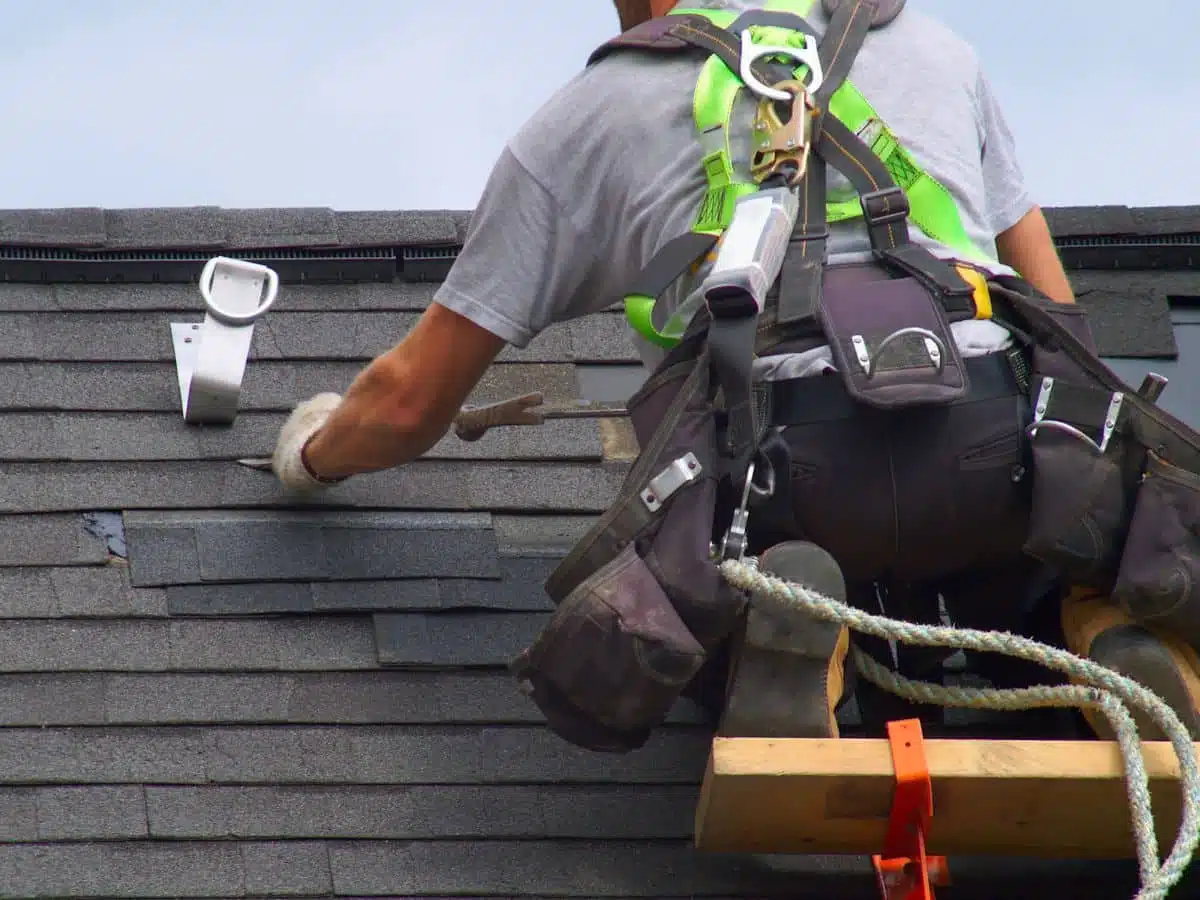
Roof damage after a storm is often a homeowner’s worst nightmare. A compromised roof leads to leaks, water damage, and …

Puddles are all good and fun…when they are outside. A leaking roof causing puddles to form inside your home? Not …